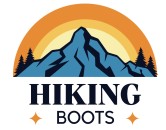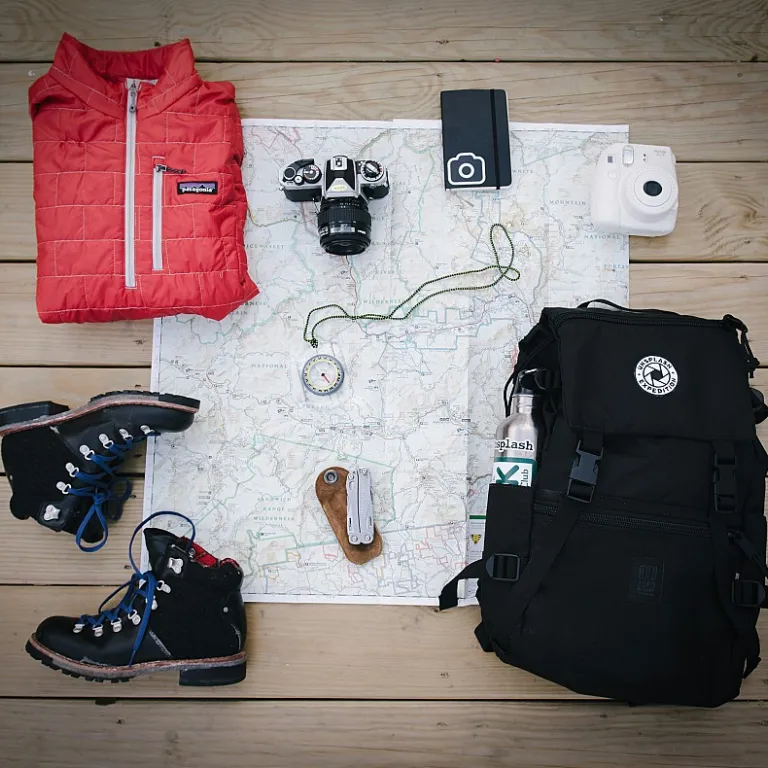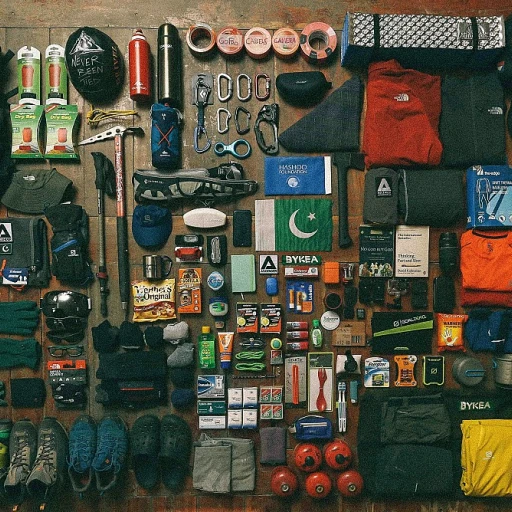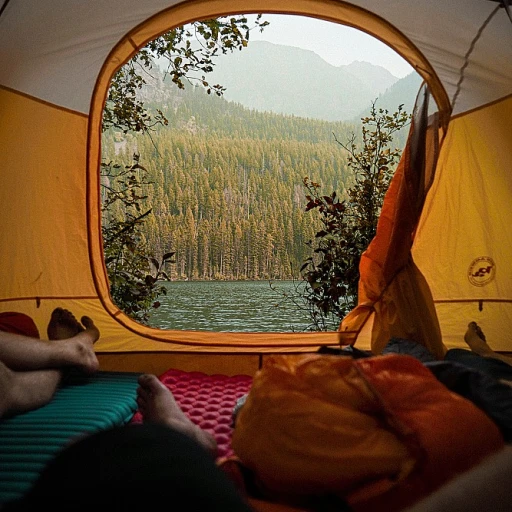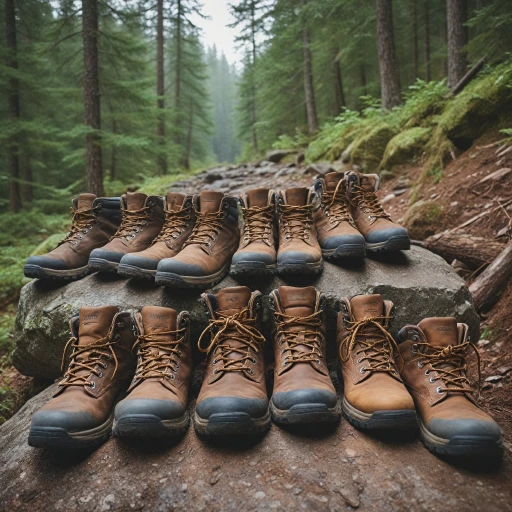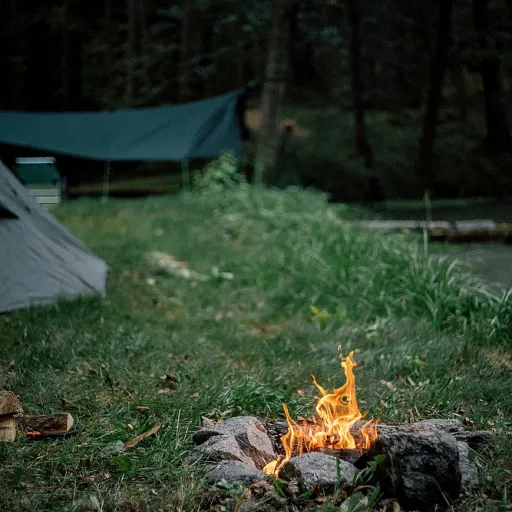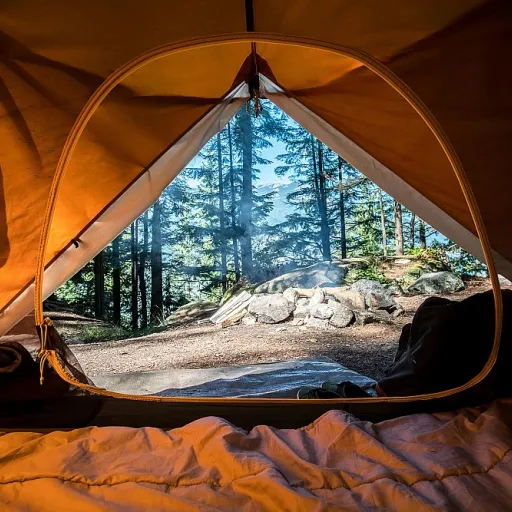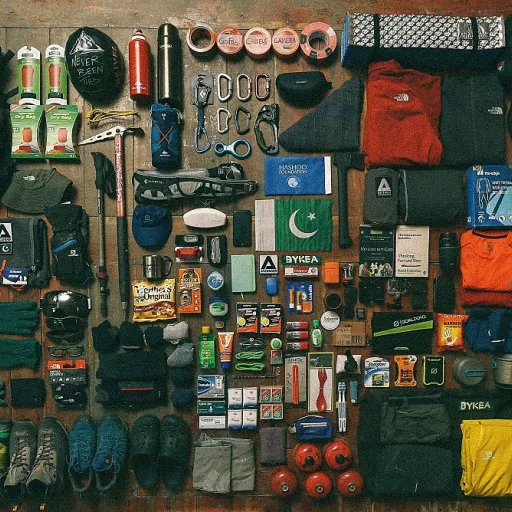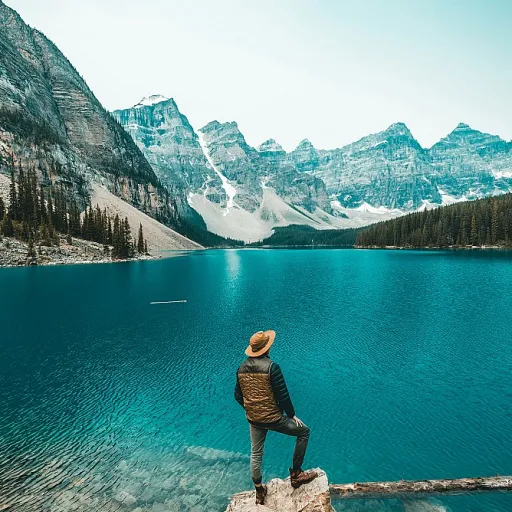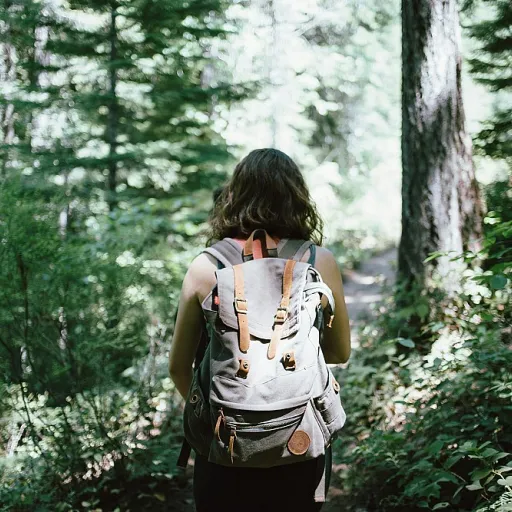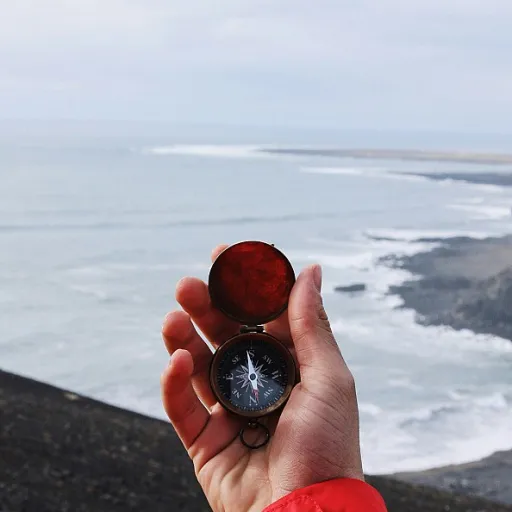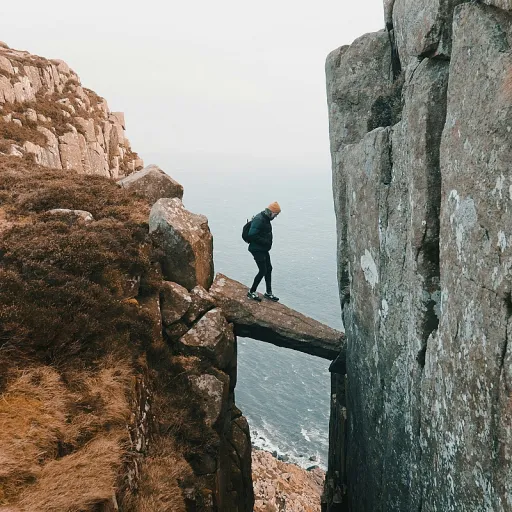
Understanding Water-Resistant vs. Waterproof
Exploring the Difference
For anyone looking to hit the trails, understanding the difference between water-resistant and waterproof gear is crucial. Let's face it, keeping your feet dry can be the key to a comfortable hiking experience. Water-resistant hiking boots are designed to repel light moisture. They can handle a drizzle or morning dew but may struggle in heavy rain or when you need to trek through rivers and streams. On the other hand, waterproof boots employ materials and technology specifically to prevent water from entering altogether, making them ideal for more extreme wet conditions. In the search for the best shoes, it's essential to assess your specific needs. Are you often hiking in damp environments, or do you love tackling river crossings? Then the level of water protection your boots provide will be significant.When Water Resistance Makes Sense
For those planning shorter hikes or treks in regions with unpredictable weather, water-resistant hiking shoes can be a smart choice. Their lightweight design makes them comfortable for long-distance treks without the bulk of heavier waterproof options. This could be your best shoes option if you prioritize breathability over total waterproof protection. Given the array of products available, from hiking boots to hiking sandals and even quick-drying hiking water shoes, determining your priority should guide your decision-making process. Remember, outdoor footwear should meet the demands of your adventures while being easy on your pocket. Price might add up, but investing in quality footwear is a wise strategy. More factors come into play, such as how boots provide support for different terrains and the technology used like Gore-Tex, renowned for its waterproof capabilities without sacrificing breathability. In any case, maintaining proper care will extend the lifespan of your footwear, ensuring they continue to serve you well. Be sure to avoid common pitfalls, such as neglecting maintenance procedures, to retain their protective qualities. If you're interested in understanding how socks play a role in hiking comfort and protect against moisture build-up, learn more in our discussion on selecting the appropriate socks for work boots.Key Features to Look For
Essential Aspects to Consider When Selecting Your Hiking Boots
Choosing the right hiking boots is crucial for any outdoor enthusiast, ensuring comfort, durability, and protection during your adventures. As you delve into the world of hiking boots, focusing on specific features will help you make an informed choice. Here are some critical aspects to consider when selecting the perfect boots for your journeys:
- Material and Build: Understanding the difference between water-resistant and waterproof materials is key. Water-resistant boots usually allow a degree of water permeability but provide adequate protection for light rain and shallow streams. In contrast, waterproof hiking boots are designed to keep your feet completely dry under various conditions. Consider boots made with Gore-Tex for their excellent waterproof and breathable qualities.
- Fit and Comfort: The fit of your boots can significantly impact your hiking experience. Avoid shoes that are too tight or too loose to prevent discomfort or blisters. Both men's and women's hiking boots should provide ample space for your toes while snugly fitting around your heel.
- Weight: Lightweight boots are ideal for day hikes or when you need something less cumbersome. They offer more agility and less fatigue when worn over long distances. However, ensure that lightweight does not compromise on the essential protection for your feet.
- Quick-Drying and Breathability: Quick drying and breathable materials are necessary if you are planning hikes involving water crossings or humid environments. This feature helps maintain foot comfort by preventing excessive sweating and blisters.
- Traction: Adequate traction is essential for navigating various terrains safely. Look for boots with a solid grip that can handle slippery paths, rocky trails, or muddy terrains effectively.
For a more detailed guide on choosing the perfect hiking boots, refer to our expert tips in The Art of Finding the Perfect Hiking Boots.
Top Brands and Models
The Pinnacle of Versatility in Hiking Footwear
When you delve into the world of hiking boots, the array of brands and models can be overwhelming. Each brings its own unique features, catering to diverse hiking environments and personal preferences. A crucial aspect is differentiating products that promise water resistance from those that ensure full waterproofing. Notably, many top brands excel in offering durable and reliable footwear designed for various terrains and climates.Leading Brands in the Market
Understanding the key players in the hiking boot industry can guide you toward making an informed purchase. These brands have established themselves as leaders by consistently delivering high-quality footwear that meets the needs of both casual hikers and seasoned mountaineers.- Columbia Sportswear: Known for their innovative designs and technologies, Columbia offers a range of quick drying and lightweight models that are perfect for both men and women.
- KEEN Footwear: With a focus on comfort and protection, KEEN’s waterproof hiking boots are a favorite among outdoor enthusiasts. Their products include a selection of water shoes ideal for river crossings.
- Salomon: Salomon boots provide exceptional support and stability. Their Gore-Tex lined models are well-regarded for their waterproof capabilities, making them a strong choice for hiking in wet conditions.
- Vasque: Recognized for robust build and durability, Vasque boots cater to hikers looking for long-lasting footwear suitable for challenging terrains.
Choosing for Canyon Crossings and Day Hikes
Selecting the best shoes doesn't stop at boots. When your hiking adventure involves stream or river crossings, exploring the best men's water shoes for hiking adventures is crucial. These shoes provide quick drying solutions that keep your feet comfortable and protected from waterborne elements. Remember, the top products are those that align perfectly with your hiking environment and personal comfort needs. Whether you're setting out for a day hike or a multi-day trek, the right pair of boots or hiking sandals can make all the difference in your outdoor experience.Caring for Your Water-Resistant Boots
Effective Tips to Maintain Your Water-Resistant Hiking Boots
Maintaining your hiking boots to extend their lifespan and keep them water-resistant requires attention to detail and some regular care. Here are some practical tips to help you out:
- Cleaning Routine: After a day of hiking, especially through rivers or muddy trails, it’s crucial to clean your boots. Remove dirt and debris with a brush, focusing on seams and crevices, which are prone to build-up. A damp cloth can help remove stubborn spots.
- Drying Process: Quick drying is essential to prevent moisture from compromising the material. Avoid exposing your boots to high heat, which can damage them. Stuffing newspaper inside can accelerate drying without causing harm.
- Regular Treatment: Use a water-repellent treatment to reinforce the boots' resistance to water. It can maintain the protective barrier and enhance the material's longevity. Consider alternatives to waterproofing sprays if you're aiming for more environmentally friendly products.
- Conditioning: A leather conditioner can keep leather boots supple and free from cracks, enhancing comfort and insulation on those colder hikes.
- Proper Storage: Store your hiking boots in a cool, dry place. Avoid places such as basements, where moisture can affect the materials' integrity over time.
Implementing these steps will make it easier for your boots to provide optimal performance and longevity. Choosing lightweight and durable options from different brands helps in ensuring that the shoes wear well over time. It's a small investment of time for an enjoyable hike with the best shoes.
Common Mistakes to Avoid
Avoiding Common Pitfalls in Selecting Water-Resistant Hiking Boots
When it comes to choosing the best hiking boots, especially those that are water-resistant, there are several common mistakes that even experienced hikers can make. Understanding these pitfalls can save you time, money, and discomfort on the trail.
- Confusing Water-Resistant with Waterproof: One of the most frequent errors is not knowing the difference between water-resistant and waterproof. Water-resistant boots can handle light moisture but may not keep your feet dry in heavy rain or when crossing a river. For more demanding conditions, waterproof hiking boots are a better choice.
- Ignoring Fit and Comfort: Even the top boots won't perform well if they don't fit properly. Ensure your hiking shoes provide ample room for your feet, especially when wearing thicker socks. Remember, a snug fit is crucial to prevent blisters and discomfort during long hikes.
- Overlooking Weight: Lightweight boots are often preferred for day hikes, but they might not offer the support needed for more challenging terrains. Consider the type of hiking you plan to do and choose accordingly.
- Neglecting Maintenance: Proper care extends the life of your boots. Regularly clean and treat them with appropriate products to maintain their water-resistant properties. This is especially important for boots with Gore-Tex or similar materials.
- Focusing Solely on Price: While budget is important, the cheapest option might not be the best. Evaluate the features and durability of the boots to ensure they meet your hiking needs.
- Not Considering Terrain: Different terrains require different types of boots. For instance, hiking sandals or water shoes might be suitable for warm, dry climates, while waterproof boots are essential for wet, muddy trails.
By keeping these points in mind, you can add the right pair of hiking boots to your cart, ensuring they meet your specific needs and provide the best performance on the trail.
Real-Life Experiences and Reviews
Experiences from the Trail
Hikers from various trails and terrains often share their insights on how water-resistant hiking boots have influenced their journeys. It's not uncommon to hear stories of settings where these boots have been tested against elements and terrains across the United States.
For many veteran hikers, these boots prove essential, whether navigating rocky inclines or wading through river crossings. The consensus among enthusiasts is that while they don't always match the impermeability of fully waterproof boots, they offer more breathability, which is a critical consideration when planning long day hikes with quick transitions between wet and dry conditions.
A seasoned hiker remarked on the convenience of features like quick drying properties in water shoes and hiking sandals when exploring lower elevation trails. Meanwhile, those venturing onto more rugged paths often opt for a balance, choosing between lightweight models and full water protection.
Feedback from the Community
Among hiking boots for men and women, reviews often highlight the blend of durability and comfort. Many praise brands for their attention to detail in creating products that keep feet dry while maintaining comfort. This sentiment is echoed among users who find themselves on diverse trails, from muddy forest paths to steep mountainous inclines.
Reviewers often mention the importance of considering the weight of the boots, noting that for some, lightweight options are a priority, while others prefer the sturdiness and protection that heavier models provide.
Lessons from Seasoned Hikers
Hikers caution against common errors such as neglecting regular maintenance, crucial for the durability and longevity of any hiking shoes. A routine check ensures that water resistance remains effective, especially after traversing wet terrains.
Community wisdom also advises against hastily adding unsuitable boots to your cart, suggesting instead a careful selection process that considers all key features. As a tip, allowing enough time to break in a new pair before embarking on a hike can significantly enhance the comfort and performance of your boots.
In conclusion, the experiences shared by experienced hikers reaffirm the importance of selecting the right pair of boots tailored to your specific needs and hiking habits. Whether browsing for the best waterproof hiking boots or versatile hiking water shoes, thorough research and firsthand feedback are invaluable in making an informed decision.
